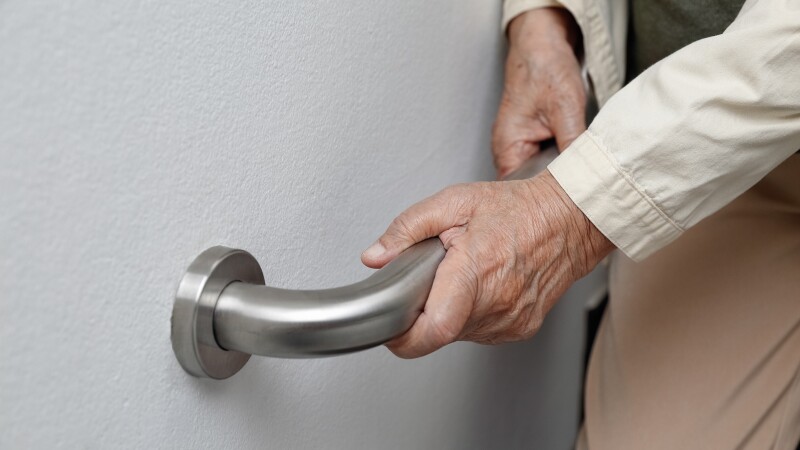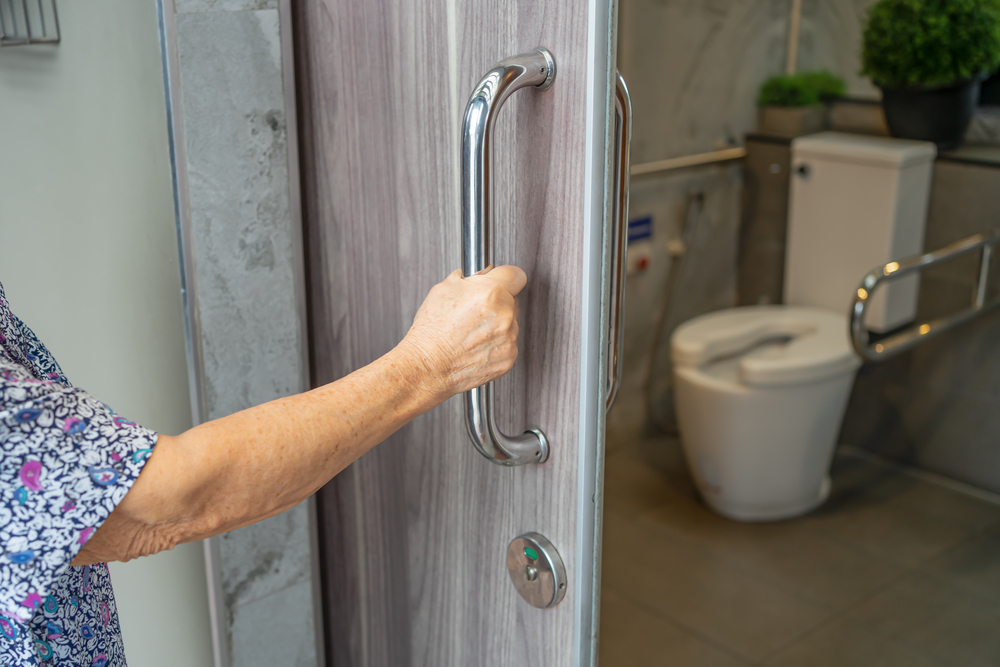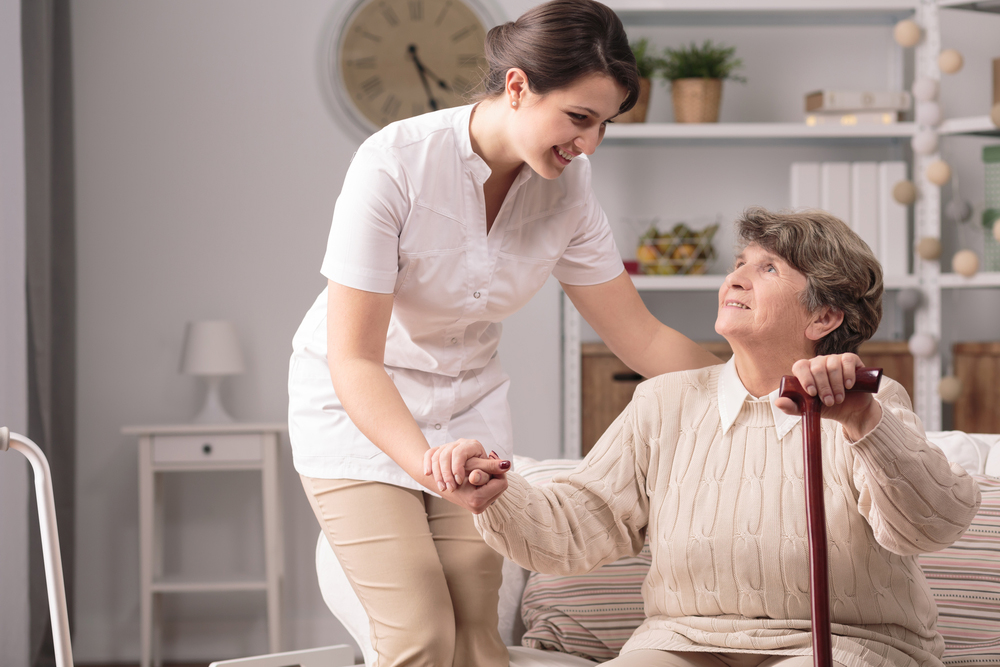As our loved ones age, ensuring their safety and comfort becomes a top priority. A significant aspect of this is fall-proofing the home for elderly individuals. Falls are a common and serious concern for older adults, often leading to severe injuries and hospitalizations. Therefore, making the home a safe haven is essential for both peace of mind and the health of our aging family members.

Understanding the Importance of Fall-Proofing
Fall-proofing is not just about preventing accidents; it’s about fostering an environment where seniors can maintain their independence and confidence. By addressing potential hazards, we can significantly reduce the risk of falls and enhance the overall quality of life for our elderly loved ones.
Identifying Common Hazards
Clutter and Obstacles
One of the first steps in fall-proofing the home is to eliminate clutter. Loose rugs, electrical cords, and furniture in high-traffic areas can pose significant tripping hazards. Ensure pathways are clear and easily navigable.
Slippery Floors
Bathrooms and kitchens are particularly prone to moisture, increasing the risk of slipping. Installing non-slip mats and ensuring floors are dry can help mitigate this risk.
Poor Lighting
Inadequate lighting can make it difficult for seniors to see potential hazards. Ensure all areas of the home are well-lit, and consider installing motion-sensor lights for added convenience and safety.
Practical Tips for Fall-Proofing the Home
Secure Rugs and Carpets
Use double-sided tape or non-slip backing to keep rugs and carpets in place. This simple step can prevent them from becoming tripping hazards.
Install Grab Bars and Handrails
Grab bars in the bathroom and handrails on staircases provide essential support and stability for seniors. These installations are crucial in preventing falls.
Rearrange Furniture
Ensure that furniture is arranged to create clear paths and ample space for movement. Avoid placing furniture in areas where it might obstruct walking paths.
Consider Hip Protectors
Wearing hip protectors can provide additional protection against fall-related injuries. For more information on how they can help, visit this hip protectors guide.
Enhancing Bathroom Safety
Non-Slip Mats
Place non-slip mats in the shower and bathtub to prevent slipping. These mats provide extra grip and stability.
Shower Chairs
Consider using a shower chair or bench to provide a safe and comfortable place to sit while bathing.
Handheld Shower Heads
Installing a handheld shower head allows seniors to control the direction of water flow, reducing the need for unnecessary movement.
Ensuring Bedroom Safety
Bed Rails
Installing bed rails can prevent falls from bed, especially during the night. For more tips, visit our bed safety guide.
Nightlights
Place nightlights in the bedroom and along the path to the bathroom to ensure visibility during nighttime trips.
Organized Environment
Keep the bedroom free from clutter and ensure that frequently used items are within easy reach. Learn more about organizing for safety at our organization tips page.
Kitchen and Living Room Adjustments
Accessible Storage
Ensure that kitchen items are stored at reachable heights to prevent overreaching and potential falls.
Sturdy Furniture
Use furniture that is stable and doesn’t easily tip over. This provides reliable support if needed.
Front Door Safety
Ensure the entrance and front door area are safe and accessible. For more details, visit our front door safety tips.
External Resources and Further Reading
For additional tips on creating a safe and comfortable home for seniors, consider visiting this informative page.

FAQs on Fall-Proofing the Home for Elderly
Why is fall-proofing important for elderly individuals?
Fall-proofing is crucial because it significantly reduces the risk of falls, which are a leading cause of injury among seniors. It helps maintain their independence and enhances their quality of life.
What are some simple changes to make a home safer for seniors?
Simple changes include removing clutter, securing rugs, installing grab bars, and ensuring adequate lighting throughout the home.
How can I involve my elderly loved one in the fall-proofing process?
Involve your loved one by discussing their specific needs and preferences. Encouraging their input can make them more comfortable and willing to adapt to changes.
In conclusion, fall-proofing the home for elderly is an essential step in providing a safe and nurturing environment. By addressing potential hazards and making practical adjustments, we can help our loved ones live comfortably and securely in their own homes.
This article contains affiliate links. We may earn a commission at no extra cost to you.






